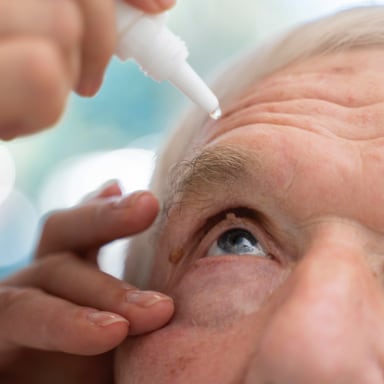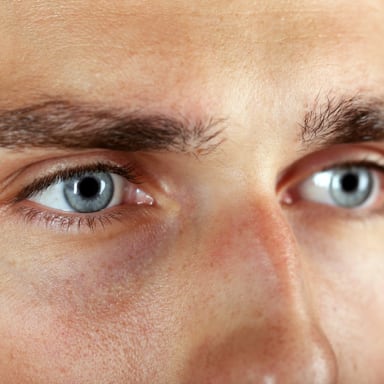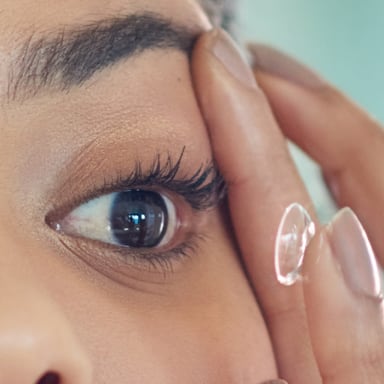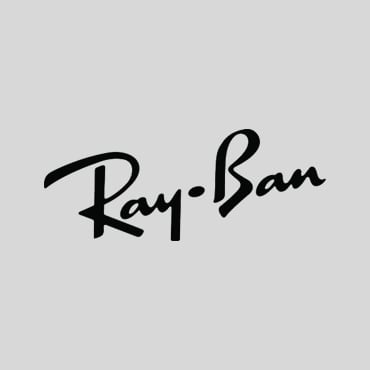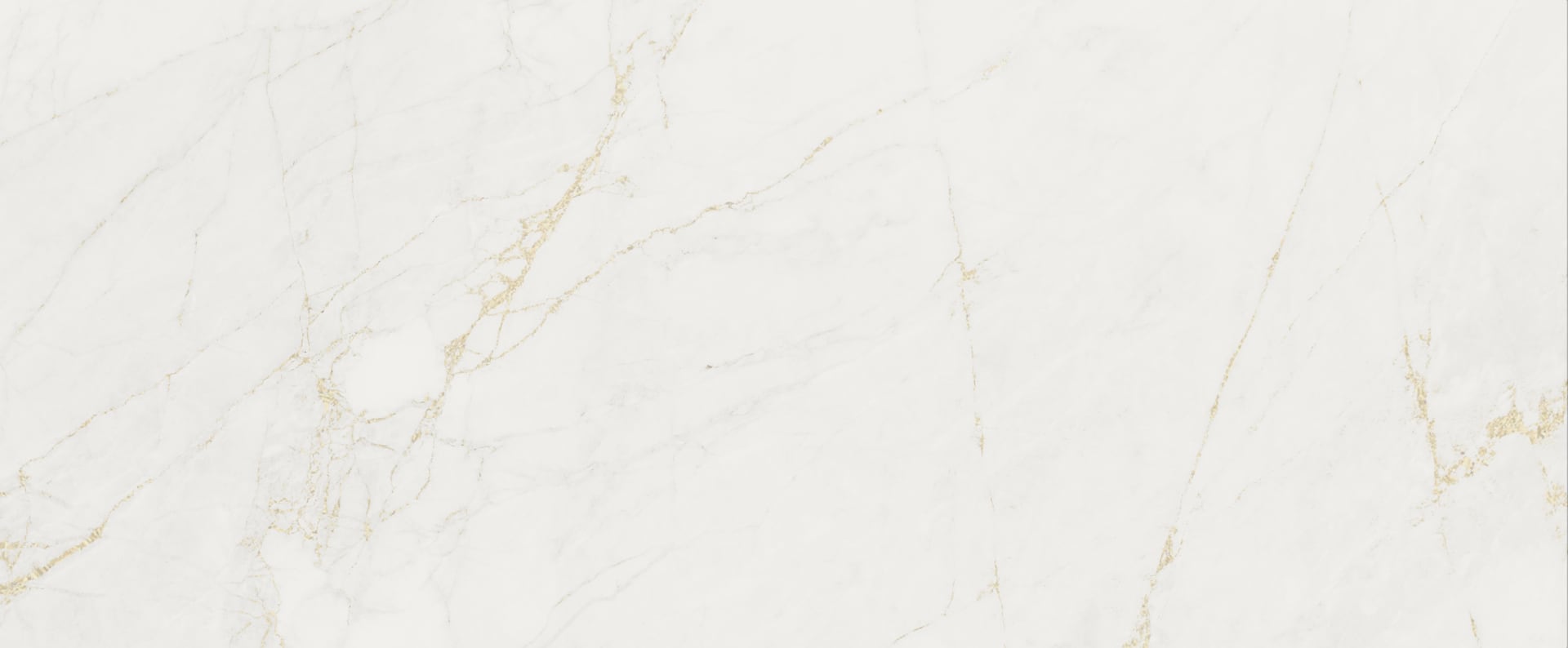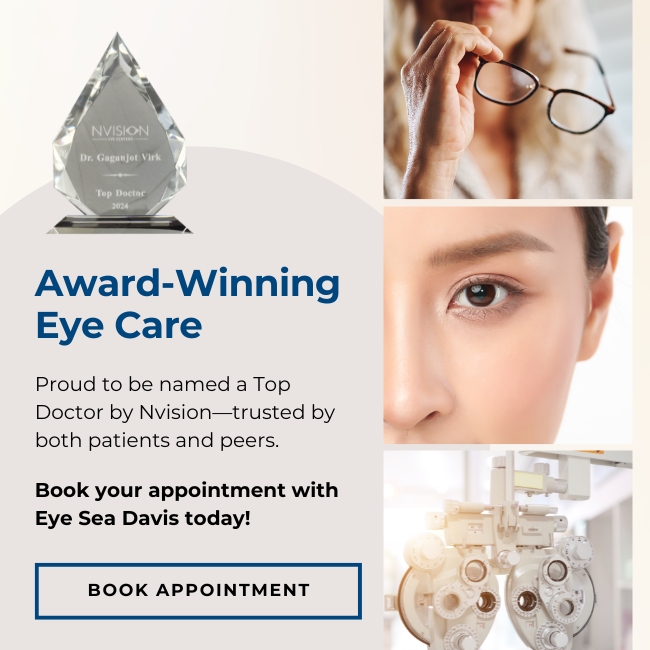Artificial tears are a go-to solution for many people dealing with dry or irritated eyes. Whether it’s due to long hours at a computer, environmental factors, or chronic conditions like dry eye disease, artificial tears can provide much-needed relief. However, one of the most common questions people ask is, “How often can I use my eye drops?”
In this blog, we’ll explore how often you can safely use artificial tears, the benefits of preservative-free options, and why eye drops alone may not be enough to treat dry eye disease.
How Often Should You Use Artificial Tears?
The frequency of artificial tear use largely depends on the severity of your symptoms and the type of drops you’re using. For most people with mild to moderate dry eye, using artificial tears 3 to 4 times a day is sufficient. However, those with more severe cases may need to use them more frequently.
While artificial tears can provide immediate relief from symptoms like dryness, itchiness, or a gritty feeling in the eyes, it’s important to be cautious about overusing them, especially if your eye drops contain preservatives.
The Importance of Preservative-Free Artificial Tears
Preservative-free artificial tears are often the best choice for people with chronic dry eyes, especially if they need to use drops multiple times a day. Here’s why:
1. No Risk of Preservative Reactions
Some artificial tears contain preservatives to prevent bacterial contamination in the bottle. While preservatives can extend the shelf life of the product, they can also irritate the eyes, particularly if you’re using the drops frequently. The most common preservative used in eye drops is benzalkonium chloride (BAK), which, when used in excess, can damage the surface of the eye and worsen dryness over time.
In contrast, preservative-free eye drops come in single-use vials, eliminating the need for chemicals like BAK. This makes them much safer for frequent use, especially for people with sensitive eyes or severe dry eye disease.
2. Safe for Frequent Use
Because they don’t contain harmful preservatives, preservative-free artificial tears can be used more frequently throughout the day without the risk of side effects. If you find yourself needing to use eye drops more than four times a day, switching to a preservative-free option is essential to avoid long-term irritation or damage to your eyes.
Why Preservative-Containing Drops Should Be Limited
If you’re using artificial tears that contain preservatives, it’s important to limit their use. Over time, preservatives like BAK can cause the following issues:
- Increased Eye Irritation: Instead of soothing your eyes, preservatives can exacerbate symptoms, leading to more discomfort.
- Damage to the Ocular Surface: Prolonged use of preservative-containing drops can damage the surface of your eye, making it harder to manage dry eye disease effectively.
If you’re using these types of drops, it’s best to limit them to occasional use—perhaps only 1-2 times a day—and consider switching to preservative-free options for more frequent application.
Eye Drops: A Temporary Solution, Not a Cure
While artificial tears can provide quick relief, they are often just a temporary solution for underlying conditions like dry eye disease. If you’re relying heavily on drops and still experiencing chronic symptoms, it’s time to consider more comprehensive treatments. Eye drops treat the symptoms but don’t address the root cause of dry eye, which often involves issues with the glands in your eyelids that produce the oil layer of your tears.
OptiLight: The Only FDA-Approved Treatment for Dry Eye Disease
If you’re tired of relying on eye drops that only provide temporary relief, I offer a more effective, long-term solution: OptiLight. OptiLight is the only FDA-approved light-based treatment for dry eye disease. It uses advanced technology to treat the root cause of dry eye by reducing inflammation and improving the quality of your tears. Unlike artificial tears, which merely mask the symptoms, OptiLight works at a deeper level, providing lasting relief and significantly reducing the need for frequent eye drops.
Combining OptiLight with TearCare: A Comprehensive Solution
For the best results, combining OptiLight with TearCare can provide a comprehensive approach to managing dry eye disease. TearCare is another treatment I offer, and it focuses on the application of heat to unclog the meibomian glands, which are responsible for producing the oily layer of your tears. When these glands are blocked, your tears evaporate too quickly, leading to dryness and irritation.
- OptiLight targets inflammation and improves overall tear quality.
- TearCare uses controlled heat to unclog the meibomian glands, restoring the natural balance of your tear film.
By addressing both inflammation and oil production, this combination of treatments goes beyond the temporary relief provided by artificial tears, tackling the underlying causes of dry eye disease.
When to See a Doctor About Dry Eye
If you’re using eye drops multiple times a day and still experiencing discomfort, it’s time to consider professional treatment. Dry eye disease can become more severe if left untreated, so it’s essential to address the root cause rather than rely solely on artificial tears.
At Eye Sea Davis Optometry, we offer advanced treatments like OptiLight and TearCare to provide long-term relief and improve your overall eye health. If you’re struggling with dry eye disease, schedule a consultation with us today to learn more about how we can help you move beyond eye drops and find lasting relief.


